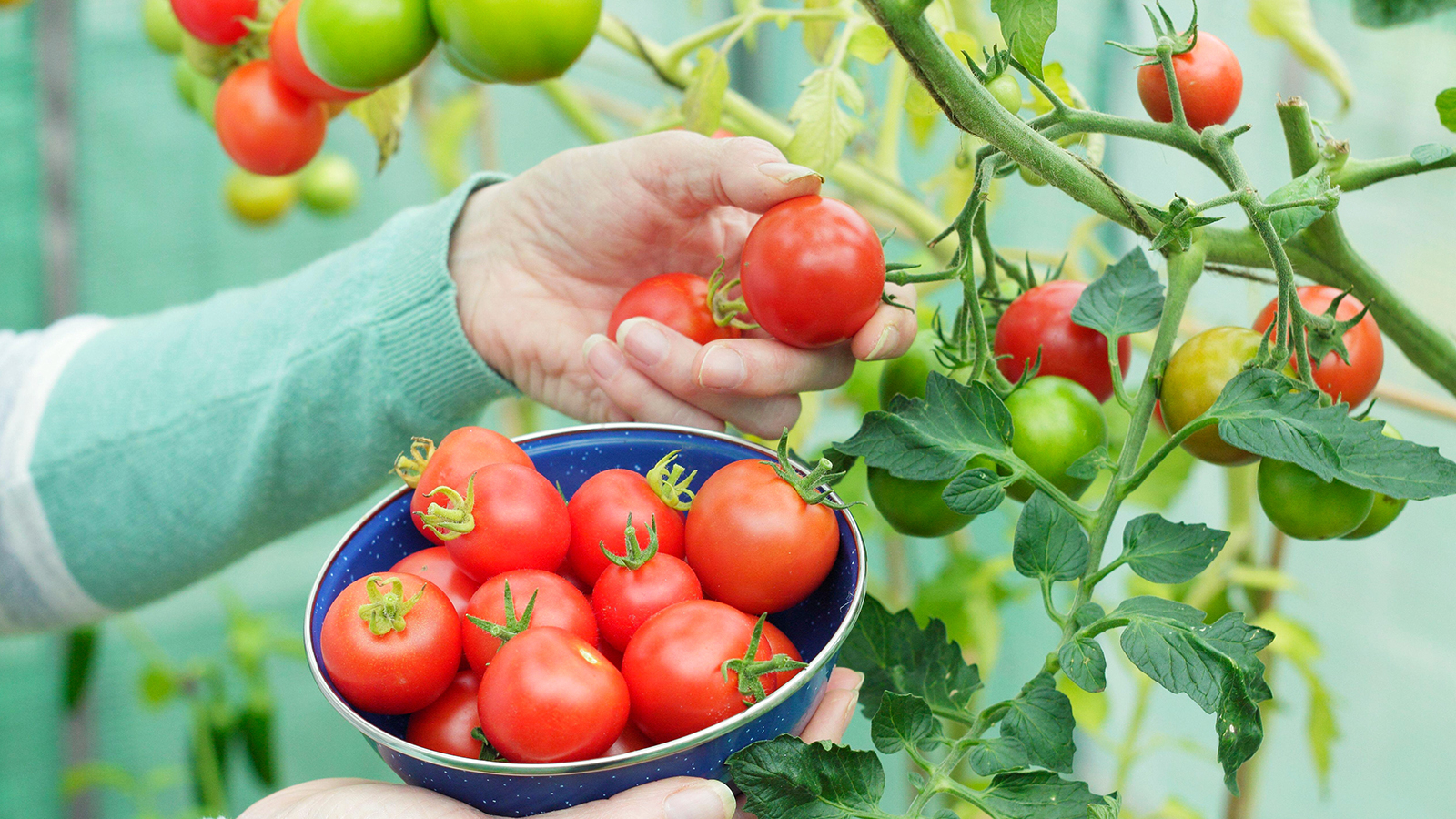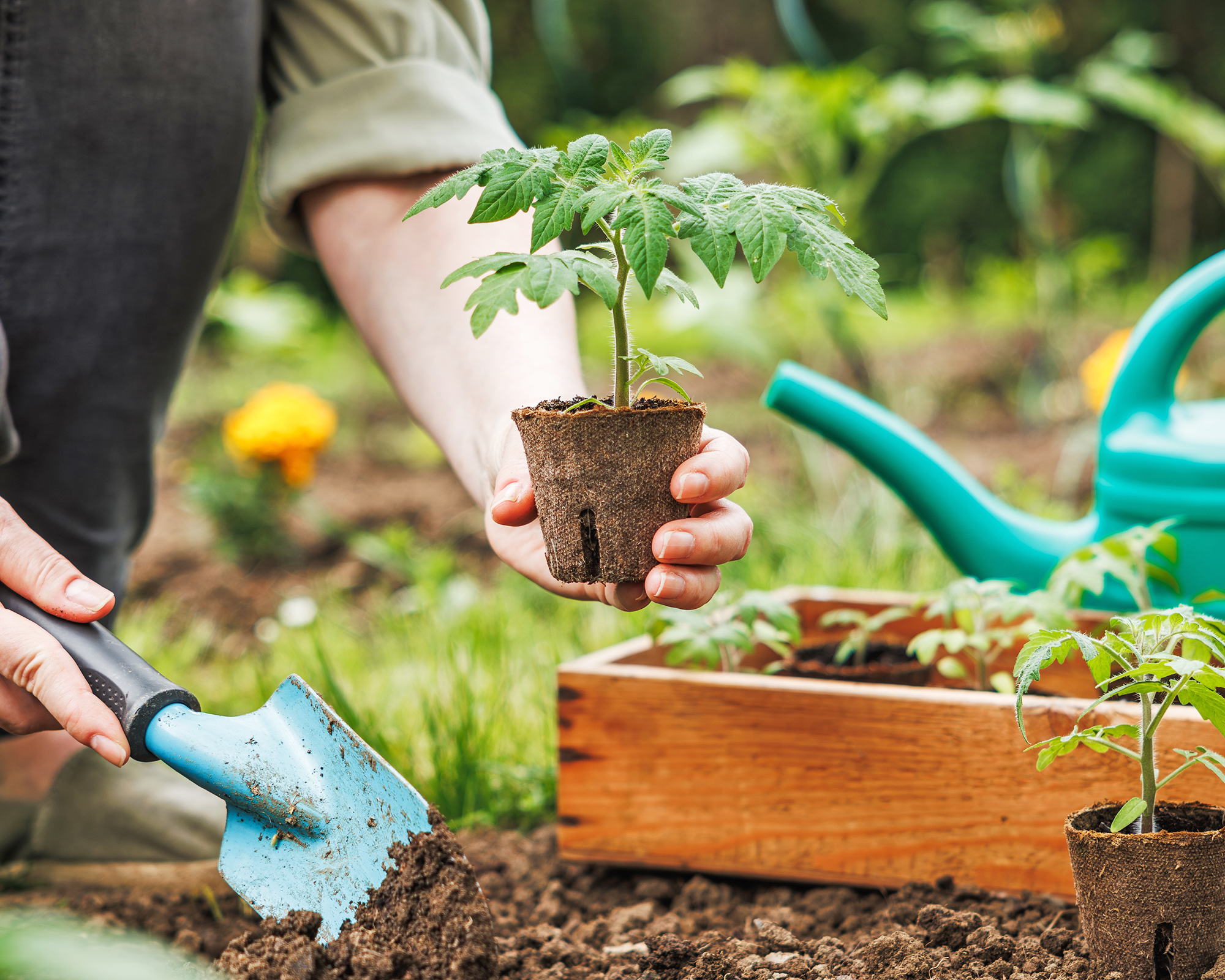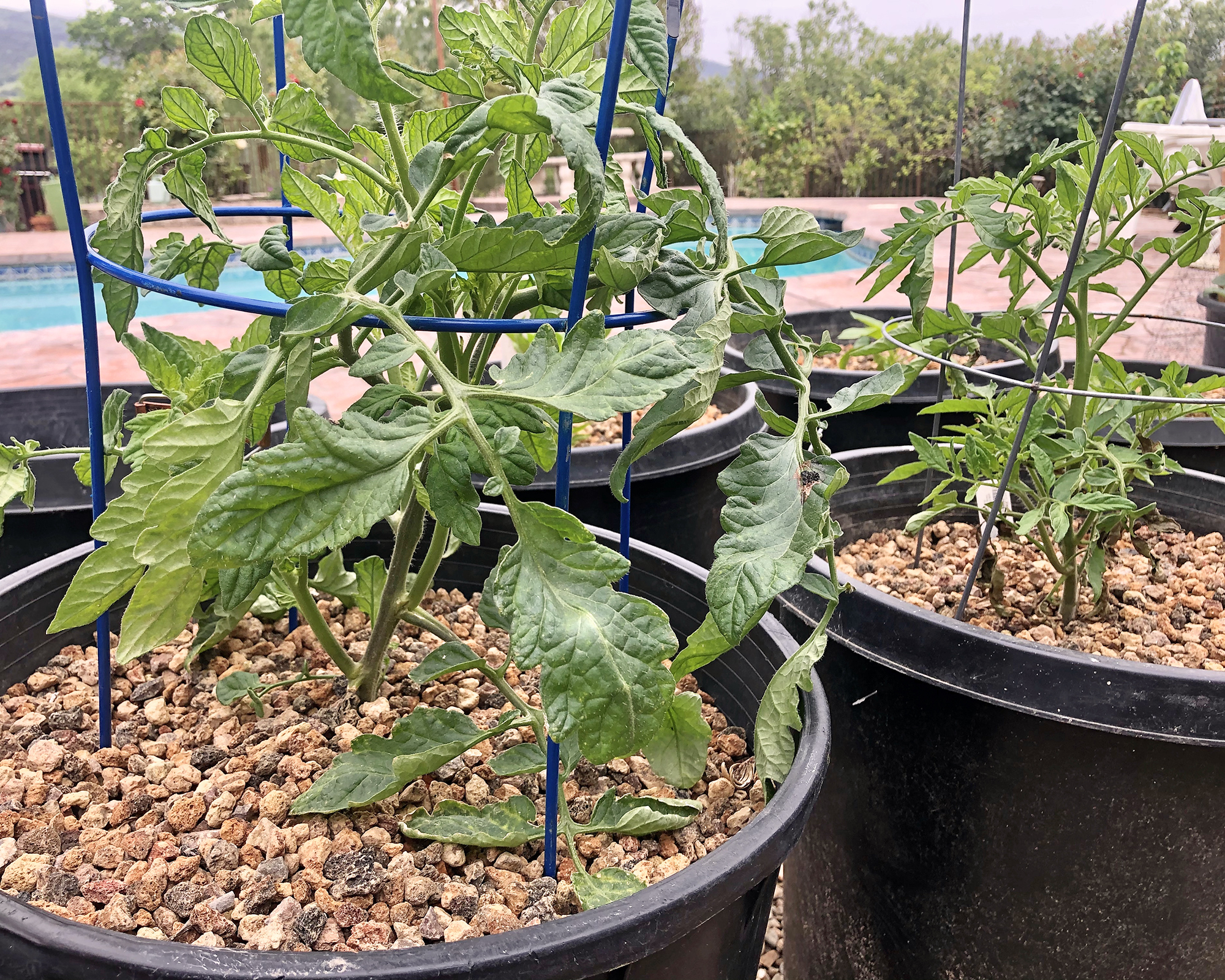Is June Too Late To Plant Tomatoes? Not If You Follow These 5 Tips For A Last-Minute Crop
Grow a delicious late-season tomato crop with our expert tips on choosing the fastest-growing varieties and creating the best growing conditions.


Tomatoes are a late summer staple in many gardens, but what if you waited too long to plant them and it’s already June? Many gardeners ask, is June too late to plant tomatoes? The short answer is: it depends. Timing matters, but by following a few simple tips, you can still plant tomatoes now and enjoy that late summer or early fall harvest.
Your location, climate, and tomato variety all play a role in how late you can plant. While gardeners in colder regions may be pushing the limits by June, those in warmer zones often have more flexibility. Thankfully, even if you're late to the game, you still have options for growing a successful crop.
Getting a late start just means you need to be more thoughtful about how you plant, adjusting your growing method, and giving plants the best possible care. If you're new to the process, now's a good time to brush up on the essentials of how to grow tomatoes, especially when working with a shorter timeline. Understanding what tomatoes need from the start will give your late planting the best possible chance.
If you're ready to squeeze in a last-minute crop, here's what you need to know to ensure your June-planted tomatoes thrive.
1. Check Your Frost Dates
Tomatoes are warm-weather veggies that won't tolerate a frost. So, the colder your growing zone, the shorter your growing season.
Frost dates are particularly important for determining the timespan for growing tomatoes. These include the average last frost date in spring and the first frost in fall. You want to grow tomatoes outside between those two dates.
When planting June tomatoes, you will likely have passed the last frost date, but you will need to check your region's average first frost date in autumn. Gardener's Almanac offers a zip and postal code checker for gardeners in the US and Canada, while those in the UK can check PlantMaps.
Sign up for the Gardening Know How newsletter today and receive a free copy of our e-book "How to Grow Delicious Tomatoes".
Count backwards from this date to see how much growing time you have left. The number of days is crucial in choosing which variety to grow.
If you live in a cold zone and can't make the timings work, then all is not lost. Try growing tomatoes indoors using a hydroponics system, like this one from Amazon.

2. Choose Transplants Instead of Seeds
The best way to speed up the maturity of your tomatoes planted in June is to start with transplants. Unless you're in a warm climate, it will likely be too late in the season for starting tomato seeds. Look for transplants at local garden centers. Many will still have some at this time of year, and they might even be discounted.
If you still have time to start seeds, then planting them indoors will offer the tender seedlings better protection from pests and inclement weather. Using seed trays with humidity domes, such as the seedling kits available on Amazon, will speed up germination.
It takes six to eight weeks before tomato plants grow big enough to be transplanted into their final positions. Nighttime temperatures should be consistently 50°F (10°C) or warmer.
3. Choose Early Varieties
Variety is another important consideration because different types of tomatoes have different maturity times. This is the time it takes from planting a seed to when the tomatoes are ripe and ready for harvesting. Maturity times for tomatoes generally range from 60 to 100 days.
If you want to start tomatoes from seed, look up the maturity time for your variety and ensure there is enough time between frost dates. Starting from transplants gives you a jump on maturity time, so you can start them later in the season than seeds.
Varieties with shorter maturity times are often referred to as early tomatoes because they provide an earlier harvest if started at the right time in spring. You can also use these varieties to get a later harvest if you’re starting plants in June. Good choices include:
- Cherry tomatoes – Any variety of cherry tomato will mature faster than most other types, thanks to their small size. Try ‘Supersweet 100’, on Amazon, or ‘Sungold’ for tasty cherry tomatoes that mature in 55 to 65 days.
- ‘Early Girl’ – You can also find some larger tomatoes with shorter than average maturity dates, including Early Girl, available on Amazon. These four- to six-ounce tomatoes mature in just 50 to 60 days.
- ‘Juliet’ – With its oblong shape, ‘Juliet’ can be considered a small 'Roma' or a large grape tomato. It has a great flavor and a maturity time of about 60 days.
- ‘Northern Lights’ – This is a good option for a larger, beefsteak-type tomato with a shorter maturity time of just 55 to 60 days. It is yellow-orange in color and has an intense flavor.
- ‘Siletz’ – Choose this variety for a good slicer with a full, balanced, and slightly tangy flavor that matures in 70 to 75 days.

4. Optimize Growing Conditions
Once you get them in the ground, giving tomato plants the best possible care will help them develop mature, healthy fruits sooner. Start with sunlight and warmth. Tomatoes thrive in full sun and warm temperatures, so plant them in a full-sun location where they'll get at least six to eight hours of direct sunlight each day.
Fertilize tomatoes at the time of planting and again periodically as the plants grow. Use a balanced product or a fertilizer designed specifically for tomatoes.
Pruning tomato plants will allow them to put more energy into developing ripe fruit. Focus on removing the suckers and leaves close to the ground. This will also improve airflow to prevent disease. Tomato suckers are the side shoots growing below the stems with flowers and fruits. Only keep one sucker just below the flowering stem. Remove all the lower ones.
Finally, make sure your tomato plants are supported. Use tomato cages or stakes to keep stems upright and prevent breakage or tomatoes from growing on the ground.

5. Protect Plants as Temperatures Drop
Tomatoes do not tolerate cold. If you have green tomatoes as the weather turns, they won’t ripen unless you intervene. You can extend your growing season into the fall by protecting tomatoes from frost.
Cover tomato plants overnight as temperatures drop. You can buy row covers from Amazon or even use old sheets and blankets. You can also use plastic plant covers or buckets to cover individual plants if the forecast calls for a cold night. Another option is to grow tomatoes in cold frames or a greenhouse.
If you're growing tomatoes in containers, then get the best of both worlds with a rolling planter that can be moved indoors when the weather turns. Vego Garden's EZ Self-Watering Tomato Planter on Amazon has a water capacity of 2.4 gallons and a built-in trellis for support, making it perfect for extending the growing season.
It may be June already, but that doesn’t mean you can’t enjoy tomatoes this year. Get started now with transplants, early varieties, and excellent tomato care for a late summer or fall harvest.
Want to know more about growing your own tomatoes? Sign up for the Gardening Know How Newsletter and receive a free copy of our e-book How to Grow Delicious Tomatoes.

Mary Ellen Ellis has been gardening for over 20 years. With degrees in Chemistry and Biology, Mary Ellen's specialties are flowers, native plants, and herbs.